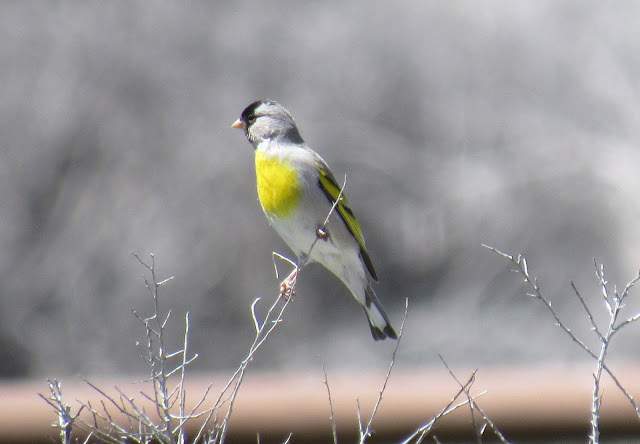Joshua Tree Woodlands: A Tale of Sloths, Moths and the Trees that Need Them

In 1844, early California explorer John C. Fremont gave a somewhat scathing review of Joshua trees when he wrote, "...their stiff and ungraceful form makes them to the traveler the most repulsive tree in the vegetable kingdom." Rather unkind, don't you think? But when Joshua trees were formally described by scientist William Trelease in the 1890's, he noted that Joshua Trees are "the most attractive of all the Yuccas." I am inclined to agree with this sentiment, and must disagree most heartily with Lieutenant Fremont! I, for one, adore Joshua Trees, with their whimsical shapes and great ecological significance! If you struggle with plant identification, the iconic Joshua tree, hallmark of the Mojave Desert, is a good place to start. With densely spiked tufts protruding from the ends of gangly arms stretched towards the heavens, this looks like a plant straight from a Dr. Seuss book....





